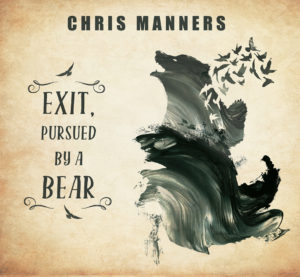An occasional series on rediscovered treasures
Recorded in 1973 — but the band broke up as soon as it was finished, the members going separate ways to new projects. It was eventually released (slightly modified) three years later, by which time it had acquired Lost Masterpiece status.
https://www.youtube.com/watch?v=dm-72XfD7iI&list=PL94gOvpr5yt2rKUJdUim5syC_YFAcTnWA
It isn’t, quite — not when measured against Liege and leaf (1969) or Please to see the King (also 1976). The final track Battle of the Somme needs to be slower, for instance, and overall the band doesn’t feel like a group of musicians who’ve played together enough to lock in tight.
But it’s ambitious, sprightly and inventive. Albion sunrise invites us in, a lightweight and cheerful calling-on song by Richard Thompson (“And it’s a jamboree”). There’s a second RT song, New St George, still apt and biting:
“. . . while they flash their teeth and wave, the other hand is being paid / they choke the air and bleed us, these noble men who lead us . . .”
Everything else is tradition-sourced — and several tracks have become war-horses of the repertoire: I was a young man; Hangèd I shall be.
It sounds thrilling, though, for all its ramshackle edge. There’s a conventional bass, drums and guitar bedrock, but above that? John Kirkpatrick’s squeeze-boxes. Well no, surprise there. Sue Harris plays hammer dulcimer . . . and oboe. Hmm, interesting. A quartet of sackbuts on Gallant Poacher. That’s unusual. A volley of mouth-trumpet on Albion sunrise. That’s downright bonkers.
All in all, the album’s a brave and brilliant attempt to marry a rock-band rhythm section with the sort of instrumentation that Thomas Hardy used to accompany the Mellstock Choir, and create a contemporary British folk sound.

